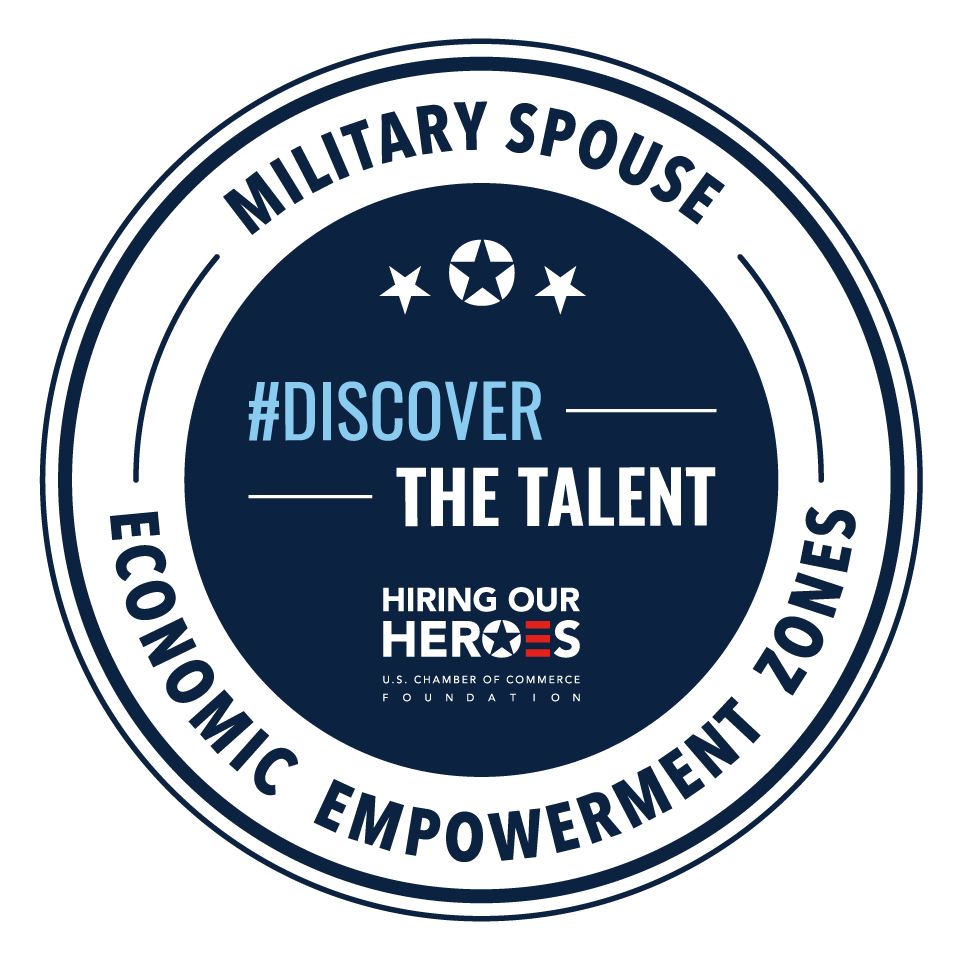Three Things You Need to Know about Unleashing Creativity in the Business Setting
By: Julie Kirchner
In a competitive business landscape—as an executive, entrepreneur, or employee—the pressure to “be creative” can be high. Your capacity to get creative can make the difference between whether or not you stand out in the crowd, determine how many customers you can reach, or affect your ability to convey your message accurately and concisely. Creativity is something we often relate to intelligence, talent, and ability. It is regarded as a very desirable quality, both individually and within an organization.
- Your creative style may be rooted in your culture.
As it turns out, how we perceive and define “creativity” actually varies by culture. If your business has a diverse workforce, customer base, or international strategy, it pays to tune in to one rather simple nuance: Is your work “unique,” or is it “useful”?
Psychologist Letty Kwan’s research on the culture-and-creativity connection is summed up in an article in Psychology Today entitled “What Is the Relationship Between Creativity and Culture?”
According to the article, “A common definition of creativity is ‘something both novel and useful.’ In this context, ‘novel’ means original, unique, or innovative. ‘Useful’ means viable, practical, or aesthetically pleasing.”
As Kwan and her team point out, recent studies have emphasized that our cultural background, Eastern or Western, may influence which ideas or creative products are selected for continued development.
And along those lines, your ability to get excited about something—and therefore devote your creative energy—may depend simply upon whether you see it as practical or original (or both).
- Collaborate to be more creative.
In the Fast Company article “How Does ‘Creativity’ Translate Across Different Cultures?” author Jeff Beer further dissects creativity in business. The highlighted report consisted of interviews with 806 male and female young professionals from countries in North and South America, Europe, and Asia.
A particularly interesting standout from the report was the overarching support across these cultures for the notion that when people work together, they are more creative than when working alone. This is a movement away from the traditionally held idea that creativity is a rather rare individual or innate trait and toward a newer-held acceptance that everyone has the ability to create. And further, that collaboration is essential to true creativity.
- Bring your most creative self to the collaborative table.
Trying to be more creative as a team? You may want to start by looking inward. It’s counterintuitive to the “collaboration for creativity” idea above, but there are times when you may be working on a project solo or your group collaboration session needs a refresh after getting stuck in a rut. Noted 20th century psychologist Carl Jung once said, “Your visions will become clear only when you look into your own heart. Who looks outside, dreams; who looks inside, awakes.”
In an article on Lifehacker titled “Is Solitude a Key Element of Creativity?” Jory Mackay explores several findings on the benefits of solitude and introspection and provides tips for leveraging these points to bolster your creative thinking. Give yourself an opportunity to retreat inwardly, and you may emerge better positioned to meet outer expectations for creativity.
Don’t have a lot of time to ponder right now? In her Medium post “7 Things You Can Do to Reignite Your Creative Spark,” writer Melissa Chu shares simple ways to rekindle your feelings of creativity by making small modifications to your daily habits.
When have you been inspired by creativity and collaboration?
Have an idea to foster creativity and collaboration that worked well for your team? Please share it with us! We would love to hear your ideas. Who knows—maybe one day you will be featured in a PowerTips e-newsletter and on our Powerhouse blog!



